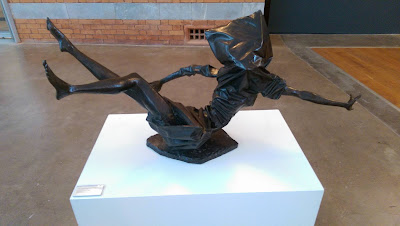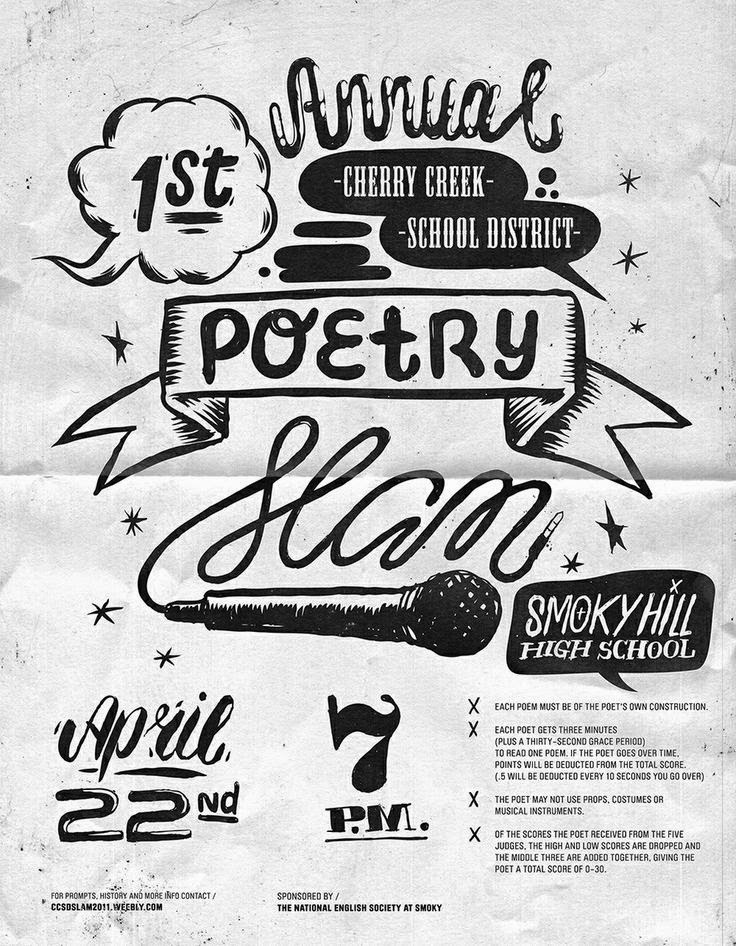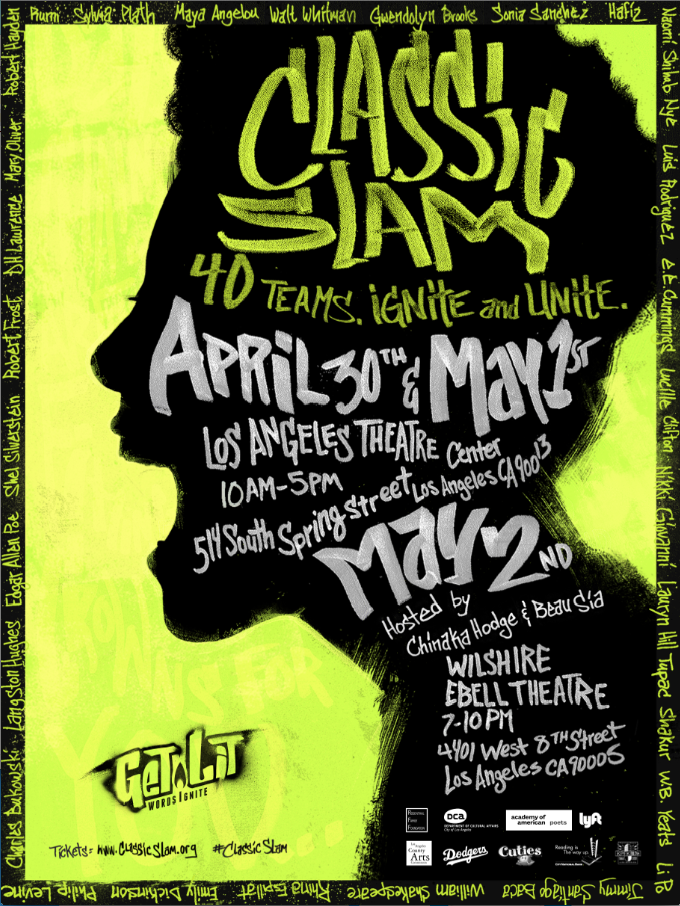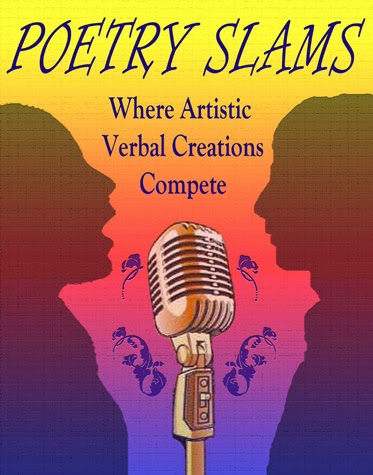Gallery Visit - The Crawford Art Gallery
We visited the Crawford Art Gallery on the 27th of November to view two exhibitions, 'The Language of Dreams' and Doug DuBois - My Last Day at Seventeen. Below are Images from the Exhibition Language of Dreams and Gallery Plan.
Patraick Hennessy,
Exiles, 1943, oil on canvas
Patrick Hennessy (1915-1980)
Horses of St. Marco, 1953, oil on canvas
Robert Ballacgh (1943)
Sheridan Le Fanu, 1976, oil on canvas
Louis Le Brocquy (1916- 2012)
Image of Samuel Beckett 1994, oil on canvas
Upstairs Space
Note the scale/size of the open space, the height of the ceiling, the large curved roof and windows allowing natural light fill the space. Not also how the space is lit using spotlights highly placed casting light over two-three paintings. Note all other aspects of the space, the seats allow the viewer to rest and view the art from a distance, the layout of the artwork, Labels, groupings of works...
Write a discription/critic about the gallery space, its: use of space and lighting and how these contributed to the exhibitions success/ failure. Write also about the key messages being explored in the Exhibition.
Martin Gale (1949)
Waking Up, 1986, oil on canvas
For more about Martin Gale ( remember he could come up as a contemporary artist in the Irisbh section) follow linkhttp://cmsold.pdst.ie/sites/default/files/PP13%20Martin%20Gale.pdf
Salvador Dali (1904-1089)
Four Dreams of Paradise:Romantic, 1972 colour lithograph
F.E MCWilliam (1909-1992)
Woman in a Bomb Blast, 1974, Bronze Sculpture
FE McWilliam was an Irish surrealist sculptor, who worked mainly in stone,bronze and wood. He constantly changed his style and subject throughout his career, but is perhaps best known for his 'Women of Belfast' series of Irish sculptures from 1971, which reflected the escalation of violence in Northern Ireland at the time. There are 20 pieces in the series, several of which show women flying through the air after a bomb explosion.
McWilliam was born in Banbridge, County Down in 1909, the son of a local doctor. He studied fine art painting at the Belfast School of Art and the Slade School of Fine Art in London between 1928 and 1931, before transitioning tosculpture in the early 1930s.
McWilliam was born in Banbridge, County Down in 1909, the son of a local doctor. He studied fine art painting at the Belfast School of Art and the Slade School of Fine Art in London between 1928 and 1931, before transitioning tosculpture in the early 1930s.
| . |
Patrick Hennessy RHA (1915-1980)
Patrick Anthony Hennessy RHA (28 August 1915 – 30 December 1980) was an Irish realist painter.Known for his still lifes, landscapes and trompe l'oeil paintings. The hallmark of his style was his carefully observed realism and his highly finished surfaces the result of a virtuoso painting technique. Born in Ireland and raised in Scotland. He studied drawing and painting at the Dundee School of Art under James Mackintosh Patrick. Two of his paintings were accepted by the Royal Scottish Academy for exhibition in 1939. Later that year on the outbreak of war he returned to Ireland and began his career as a professional painter. Over the following 29 years he built up his reputation in Ireland Britain and America through commissions and exhibitions. In 1949 he was elected a member of the Royal Hibernian Academy. He moved to Morocco in 1968 and died in London in 1980.
n 1956 David Hendriks opened the Ritchie Hendriks Gallery on St Stephens Green, Dublin and it was this gallery that was to be the main outlet for Hennessy's work over the following 22 years. In October of that same year the Thomas Agnew Gallery in London held an exhibition of his work comprising 38 of his paintings. Another example of his growing international appeal. However during the winter of 1959 Hennessy who was never very robust became seriously ill with pneumonia. As a consequence of this, in the autumn of that year he and Craig decided to winter in Morocco. This was the beginning of a new era in both their lives. They would never again spend a full year in Ireland. Initially they would return after each winter but as the years rolled by the absences grew longer and longer. Hennessys exhibitions at the Ritchie Hendriks gallery had for many years enjoyed favourable reviews from the art critics but as we headed into the 1960's that all changed. Some critics claimed his paintings failed to communicate any genuine "personal" vision and criticised his use of ugly colour. Others found them dull, repetitive and suggested the artist needed to explore new areas.his criticism became quite savage on occasion with adjectives such as "stale" and "cold" being used to describe his work.One critic wrote that Hennessy deserves admiration of a sort for ploughing such a lonely furrow and that he is one of the true outsiders of latter day Irish painting. He does concede though that his admirers are not likely to worry by this criticism. Stating they are a faithful band none more faithful who have followed him for at least two decades and no matter what reviews he gets the man seems to sell Still this barrage of criticism and pressure to alter his painting style must have affected him. So it must have come as a welcome vindication of his work when in 1965 the Guildhall Gallery Chicago whom he had been sending a small number of paintings over the years offered him a major exhibition. Shortly after this exhibition which took place in 1966 he became one of the artists on permanent display at the gallery with an annual exhibition. The North American market was extremely lucrative for Hennessy and by the end of the decade he was selling more of his work in the US than in Ireland. In 1968 Hennessy finally relinquished the tenancy on his Raglan Lane mews Dublin and moved to Tangier,Morocco on a permanent basis.
Artistic style[edit]
Patrick Hennessy falls into the category of painter who developed a distinctive personal style. Labelled at various times in his life as a Traditional Realist, Romantic, Photo Realist, Illusionary, Surrealist among the many names used to describe his art form.[1] However, he always remained intrinsically Patrick Hennessy[1] His subjects ranged from still life and interiors to landscapes and portraits.[32]
Examples of his work can be found in the public collections of the Crawford Art Gallery; the Dublin City Gallery The Hugh Lane; the Irish Museum of Modern Art (IMMA); the Limerick City Gallery of Art (LCGA); the National Gallery of Ireland (NGI); the National Self-Portrait Collection of Ireland (NSPCI) at the University of Limerick (UL); and in the collections of University College Cork (UCC) and University College Dublin (UCD).
Exiles - Patrick Hennessy
About Patrick Hennessy - Interview with the Director of the Crawford
FRIDAY, AUGUST 28, 2015
One of Cork’s greatest ever painters, Patrick Hennessy, was born 100 years ago today. COLETTE SHERIDAN finds out about a forthcoming exhibition dedicated to his work
ONE of Ireland’s most talented artists of the 20th century, Cork-born Patrick Hennessy, was born 100 years ago today.
To mark the occasion, his life and talent will be celebrated at an exhibition in October at the Crawford Art Gallery.
Entitled ‘The Language of Dreams’, the exhibition will include several works by Hennessy. It will focus on surrealist art as well as art that has “a psychological quality and an interest in the subconscious,” says the director of the Crawford, Peter Murray.
Murray adds: “Patrick Hennessy’s use of imagery to evoke particular moods is one of the most important aspects of his work. He wasn’t a surrealist but many of his paintings have a slightly surreal quality to them.”
Patrick Hennessy was the son of John Hennessy, an army sergeant from County Kerry and Bridget Hennessy (née Ring) from Cork.
When John was killed in 1917 in World War I, when Patrick was just two, the family moved to Arbroath in Scotland to live with Patrick’s maternal grandmother.
Educated locally, Patrick won a scholarship to Dundee College of Art where he studied drawing and painting. There, he met fellow artist, Harry Robertson Craig, who was to become his life-long partner.
Hennessy died of cancer in London in December, 1980 and was cremated. His ashes were scattered in Golders Hill Park near his home in Hampstead Heath.
The artist left his entire estate to Robertson Craig with the proviso that on Craig’s death the Royal Hibernian Academy should be the benefactor. This legacy has been used to set up the Hennessy Craig Scholarship for aspiring artists.
The Crawford’s collection includes a number of paintings by Hennessy including the striking ‘Portrait of Elizabeth Bowen at Bowen’s Court’ in north County Cork.
It depicts the writer, dressed in blue, as an attractive but somewhat severe looking woman standing at the head of the stair case of her family home.
For the exhibition, the Crawford will borrow some of Hennessy’s paintings from galleries and private collectors around the country.
“There’s a particularly good one that we’re borrowing from the Hugh Lane Gallery in Dublin,” says Murray. “It’s called ‘Exile.’ It depicts the isolated figure of a man on a very bleak seashore with rather mysterious cliffs or crags projecting from the sea. It’s almost like a scene from a science fiction film.
“A lot of Hennessy’s work seems to have a post-apocalyptic air. He would have been painting during the aftermath of World War I. There’s a real sense that his paintings express the anxieties of the Cold War era.”
Hennessy travelled widely and “ended up living in Morocco as did a lot of people on limited incomes”, adds Murray.
“He divided his time between Cork and North Africa and had regular exhibitions. He produced a lot of still lives, hundreds of them of flower arrangements.
“There were ones of roses with maybe a classic temple scene behind it. Hennessy exhibited this work in Dublin and Chicago. It was his bread and butter. There was a ready market for them.”
But it was in his larger paintings that Hennessy “expressed a sensibility that was almost unique in Irish art in the twentieth century”, adds Murray.
“It’s an eerie sensibility. Because of this unsettling quality in his art, it only appeals to a relatively limited group of collectors.
“While Hennessy’s work is universally admired, people don’t warm to it. A limited number of discerning collectors appreciate the complex quality of his art. It’s not for everyone.
“Hennessy’s work has a bleak quality about it, almost as if he’s designing a landscape for a Samuel Beckett play.”
Art historian, Vera Ryan, regards Hennessy as “a very good artist”.
“His colour palette can be a fascinating mix of cool greys and richer warm yellows and pinks,” she says.
“The cool palette is often exquisitely deployed by him as it is by other painters, later, for example, Tony O’Malley and Patrick Collins.
“But Patrick Hennessy is a rigorously trained artist in the academic mode unlike O’Malley or Collins. He fuses his academic training with an interest in surrealism’s potential for enigmatic meaning.
“His iconography is quite personal and like much surrealist painting, can be difficult to track. This does not stop people finding the paintings beautiful.
“His depictions of space are very convincing, despite the undercurrents of the uncanny or the perturbing. He was also a fine portrait painter. His portrait of his friend, Elizabeth Bowen, is magisterial.”
Ryan says that Hennessy seems to have been interested in ancient Greek culture “including the admiration of the bodies of young men which was an aspect of that culture”.
She adds that “if one knew enough about roses, I reckon one might find out that his use of roses has variously coded meanings.”
Ryan says it is “high time we had a major retrospective of Hennessy’s work”.
“That’s the best way to evaluate his achievement, she adds.
“After World War II, realist paintings tended to be nationalist such as Sean Keating. Hennessy is seemingly detached and enigmatic and private. Maybe this accounts for something of the cool response the market has given to his work.”
Murray says he has been “astonished” to see the relatively low prices that Hennessy’s paintings attract at Irish art sales.
“The market and the popularity of artists are not necessarily linked to quality.
“A small Hennessy painting would fetch a four-figure sum. He produced a lot of small still lives which sell for around €3,000 to €5,000. His larger paintings don’t come up for sale very often.
“I guess that’s because the people that own them really like them.
“But it would be interesting to see what one of his good larger paintings would fetch. It would be a test of the art market.
“In his centenary year, I imagine there will be growing interest in Hennessy’s work. There would be more competition for it in an auction room.”
To mark the occasion, his life and talent will be celebrated at an exhibition in October at the Crawford Art Gallery.
Entitled ‘The Language of Dreams’, the exhibition will include several works by Hennessy. It will focus on surrealist art as well as art that has “a psychological quality and an interest in the subconscious,” says the director of the Crawford, Peter Murray.
Murray adds: “Patrick Hennessy’s use of imagery to evoke particular moods is one of the most important aspects of his work. He wasn’t a surrealist but many of his paintings have a slightly surreal quality to them.”
Patrick Hennessy was the son of John Hennessy, an army sergeant from County Kerry and Bridget Hennessy (née Ring) from Cork.
When John was killed in 1917 in World War I, when Patrick was just two, the family moved to Arbroath in Scotland to live with Patrick’s maternal grandmother.
Educated locally, Patrick won a scholarship to Dundee College of Art where he studied drawing and painting. There, he met fellow artist, Harry Robertson Craig, who was to become his life-long partner.
Hennessy died of cancer in London in December, 1980 and was cremated. His ashes were scattered in Golders Hill Park near his home in Hampstead Heath.
The artist left his entire estate to Robertson Craig with the proviso that on Craig’s death the Royal Hibernian Academy should be the benefactor. This legacy has been used to set up the Hennessy Craig Scholarship for aspiring artists.
The Crawford’s collection includes a number of paintings by Hennessy including the striking ‘Portrait of Elizabeth Bowen at Bowen’s Court’ in north County Cork.
It depicts the writer, dressed in blue, as an attractive but somewhat severe looking woman standing at the head of the stair case of her family home.
For the exhibition, the Crawford will borrow some of Hennessy’s paintings from galleries and private collectors around the country.
“There’s a particularly good one that we’re borrowing from the Hugh Lane Gallery in Dublin,” says Murray. “It’s called ‘Exile.’ It depicts the isolated figure of a man on a very bleak seashore with rather mysterious cliffs or crags projecting from the sea. It’s almost like a scene from a science fiction film.
“A lot of Hennessy’s work seems to have a post-apocalyptic air. He would have been painting during the aftermath of World War I. There’s a real sense that his paintings express the anxieties of the Cold War era.”
Hennessy travelled widely and “ended up living in Morocco as did a lot of people on limited incomes”, adds Murray.
“He divided his time between Cork and North Africa and had regular exhibitions. He produced a lot of still lives, hundreds of them of flower arrangements.
“There were ones of roses with maybe a classic temple scene behind it. Hennessy exhibited this work in Dublin and Chicago. It was his bread and butter. There was a ready market for them.”
But it was in his larger paintings that Hennessy “expressed a sensibility that was almost unique in Irish art in the twentieth century”, adds Murray.
“It’s an eerie sensibility. Because of this unsettling quality in his art, it only appeals to a relatively limited group of collectors.
“While Hennessy’s work is universally admired, people don’t warm to it. A limited number of discerning collectors appreciate the complex quality of his art. It’s not for everyone.
“Hennessy’s work has a bleak quality about it, almost as if he’s designing a landscape for a Samuel Beckett play.”
Art historian, Vera Ryan, regards Hennessy as “a very good artist”.
“His colour palette can be a fascinating mix of cool greys and richer warm yellows and pinks,” she says.
“The cool palette is often exquisitely deployed by him as it is by other painters, later, for example, Tony O’Malley and Patrick Collins.
“But Patrick Hennessy is a rigorously trained artist in the academic mode unlike O’Malley or Collins. He fuses his academic training with an interest in surrealism’s potential for enigmatic meaning.
“His iconography is quite personal and like much surrealist painting, can be difficult to track. This does not stop people finding the paintings beautiful.
“His depictions of space are very convincing, despite the undercurrents of the uncanny or the perturbing. He was also a fine portrait painter. His portrait of his friend, Elizabeth Bowen, is magisterial.”
Ryan says that Hennessy seems to have been interested in ancient Greek culture “including the admiration of the bodies of young men which was an aspect of that culture”.
She adds that “if one knew enough about roses, I reckon one might find out that his use of roses has variously coded meanings.”
Ryan says it is “high time we had a major retrospective of Hennessy’s work”.
“That’s the best way to evaluate his achievement, she adds.
“After World War II, realist paintings tended to be nationalist such as Sean Keating. Hennessy is seemingly detached and enigmatic and private. Maybe this accounts for something of the cool response the market has given to his work.”
Murray says he has been “astonished” to see the relatively low prices that Hennessy’s paintings attract at Irish art sales.
“The market and the popularity of artists are not necessarily linked to quality.
“A small Hennessy painting would fetch a four-figure sum. He produced a lot of small still lives which sell for around €3,000 to €5,000. His larger paintings don’t come up for sale very often.
“I guess that’s because the people that own them really like them.
“But it would be interesting to see what one of his good larger paintings would fetch. It would be a test of the art market.
“In his centenary year, I imagine there will be growing interest in Hennessy’s work. There would be more competition for it in an auction room.”














































.jpg)

.jpg)




















































